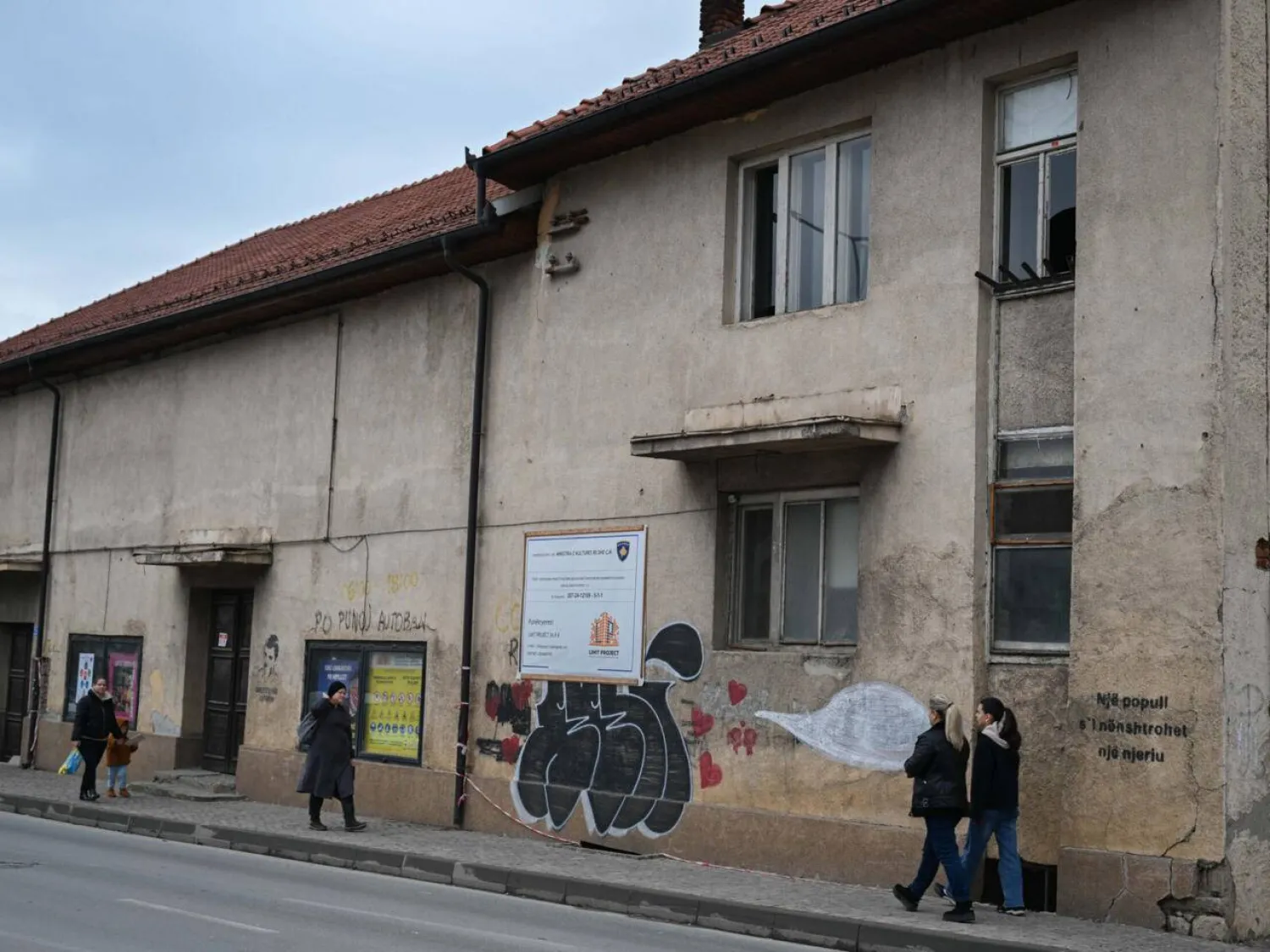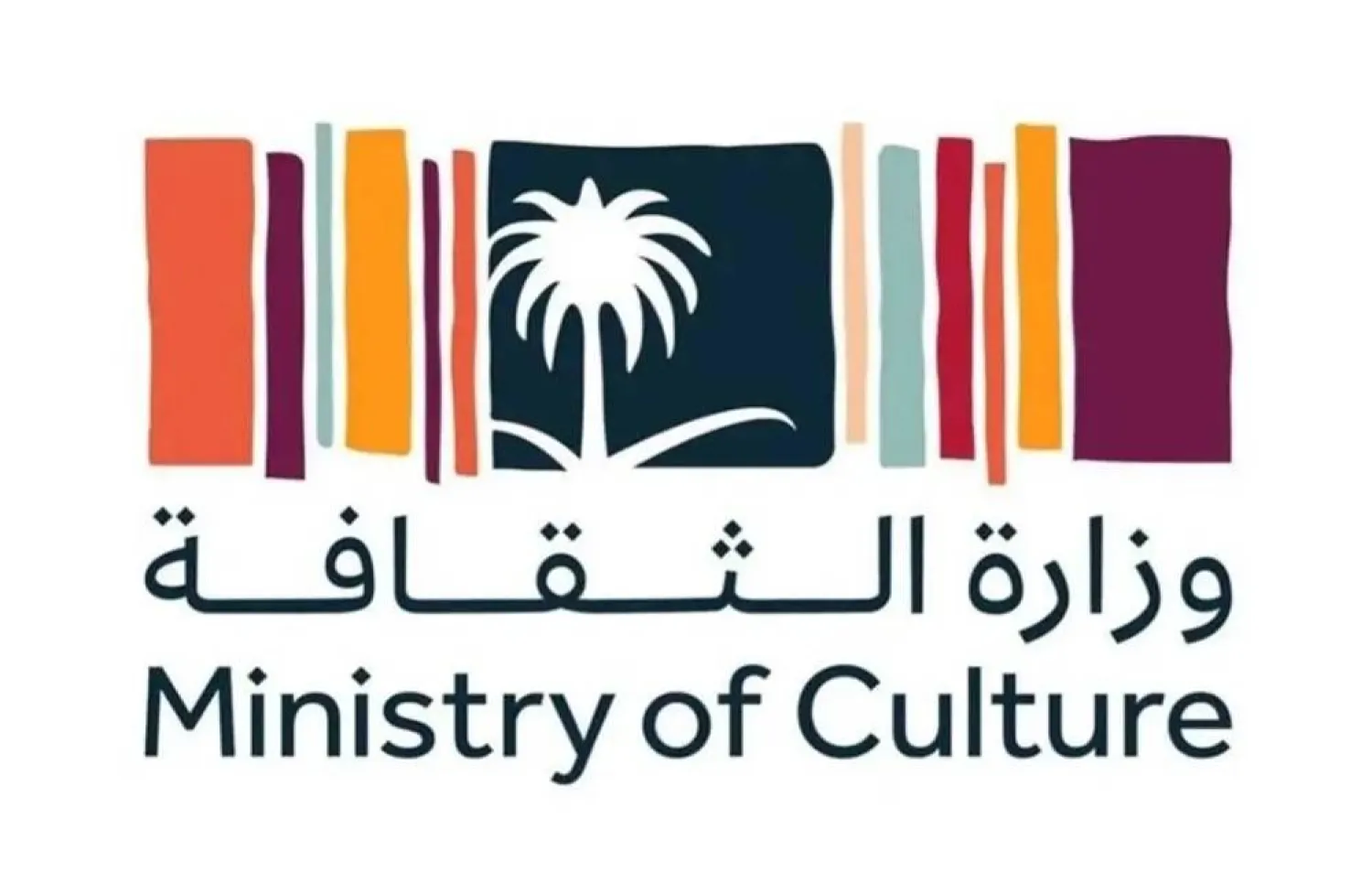The Saudi Heritage Commission has announced the discovery of new evidence of human settlement in Umm Jirsan cave "Harrat Khaybar", located in Madinah Region.
The research was conducted by the Heritage Commission of the Ministry of Culture with the participation of some archaeologists from the commission and in collaboration with King Saud University, the Max Planck Institute, and the Saudi Geological Survey through the "Green Arabian Peninsula project," which focuses on multidisciplinary field research, the Saudi Heritage Commission said in a statement.
According to the statement, the study was published in the journal "PLOS ONE," the first comprehensive study of archaeological research in caves in the Kingdom.
The study involved archaeological surveys and excavations in Umm Jirsan cave, revealing ancient evidence of human occupation dating back to the Neolithic period, around 10,000-7,000 years ago, encompassing the Copper Age and Bronze Age periods.
The cave was shown to have been utilized by pastoral groups, using Radiocarbon c14 that supported the discovery of animal remains such as bones dated back to 4100BC, as well as human skulls dated back to 6000BC, and other artifacts including wood, cloth fragments, and stone tools. In addition to rock art facades depicted scenes of grazing animals and hunting activities.
The discoveries provided evidence of human occupation within the cave, which remarkably preserved thousands of animal bones, including those of striped hyenas, camels, horses, deer, caribou, goats, cows, and wild and domestic donkeys, in good condition despite the passage of time. Furthermore, an analysis of human skeletal remains using radioactive isotopes indicated a dietary shift over time, with ancient human groups primarily relying on a meat-based diet and gradually incorporating plants, suggesting the emergence of agriculture.
The study also highlighted the feeding habits of animals such as cows and sheep, which primarily consumed wild grasses and shrubs, and the region exhibited significant animal diversity throughout different historical periods.
The scientific study underscored the importance of caves utilized by ancient human groups and the ancient volcanic magma paths within Saudi Arabia.









